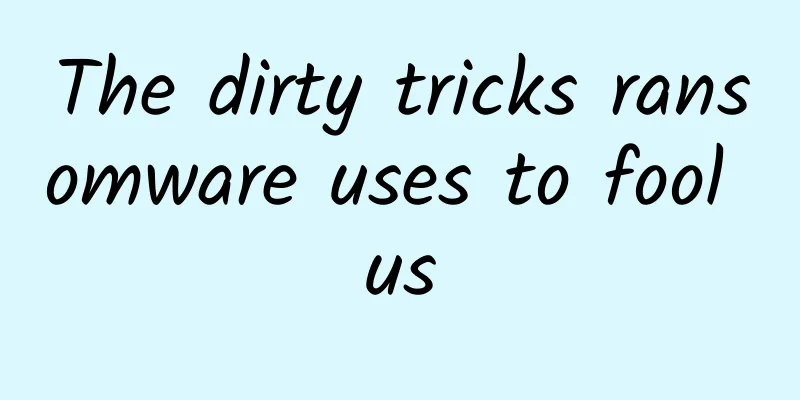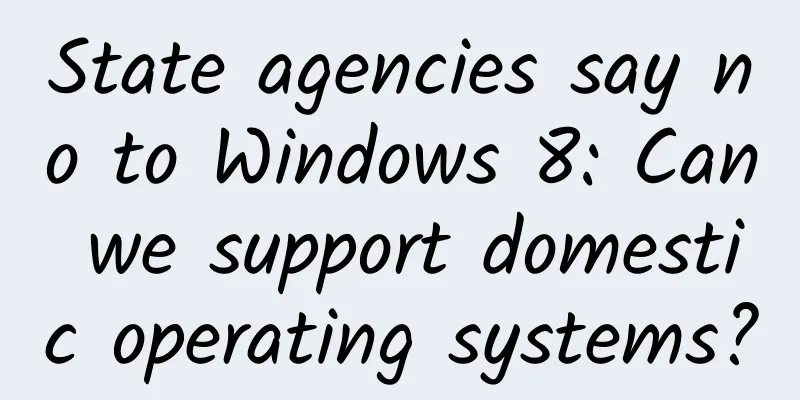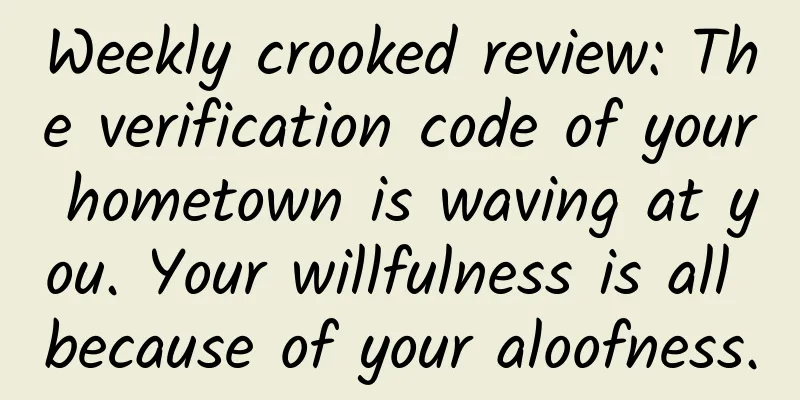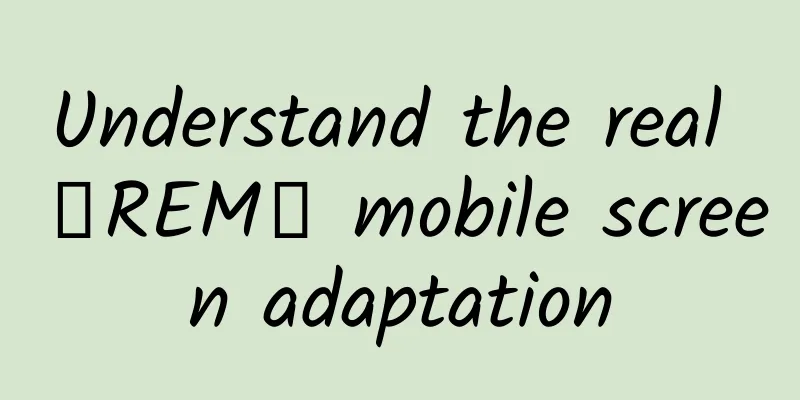The dirty tricks ransomware uses to fool us

|
Finding ransomware... Today, ransomware has become one of the most important threats faced by enterprises. A large amount of valuable data is locked by it, and the ransom paid for it is also very considerable. Cyphort has summarized a series of ransomware behavior characteristics, hoping to help everyone take the initiative in the fight against ransomware.
Jigsaw Deleting files regularly creates a sense of urgency to urge victims to pay the ransom faster. Jigsaw ransomware deletes an encrypted file on the computer for every hour that the victim's ransom is not received - even if the ransom is paid later, it cannot be recovered. In addition, Jigsaw will delete an additional 1,000 files every time the victim restarts the computer and logs into Windows.
Petya To encrypt the entire drive, Petya ransomware directly encrypts the Master File Table, which contains information about the allocation of files and folders.
RansomWeb, Kimcilware Encrypting Web server data. RansomWeb and Kimcilware ransomware families both adopted this unusual method of wreaking havoc, namely, based on Web servers rather than client computers. They infect and encrypt website databases, Web servers and hosted files, and demand that website administrators pay them a ransom.
DMA Locker, Locky, Cerber and CryptoFortress Encrypts data on network drives - even unmapped drives. DMA Locker, Locky, Cerber, and CryptoFortress all walk through all open network Server Message Block (SMB) shares and encrypt any information they find.
Maktub Maktub ransomware compresses files first to increase encryption speed.
The cloud environment is not safe either Delete or overwrite all cloud backups. In the past, it was often safer to back up data to cloud storage and file sharing platforms. However, various new types of ransomware have begun to extend their claws to shared file systems.
SimpleLocker For non-Win platforms, SimpleLocker can encrypt files on Android and Linux systems, while Encode.1 targets Linux, and KeRanger specifically attacks OS X.
Cerber Use the computer speaker to deliver voice messages to the victim. Cerber ransomware generates a VBScript titled "#DECRYPT MY FILES#.vbs" that allows the computer to play random messages to the victim. It can only read English at present, but the decryption website it uses provides 12 language versions. The content it plays includes "Attention! Attention! Attention!" and "Your files, pictures, databases and other important files have been encrypted!"
Tox Ransomware as a service has become a new form of profit in underground forums. It can provide malicious code and infrastructure, urge ransom payments and provide decryption keys to victims. Tox ransomware is a prominent representative in this regard. Original link: The despicable methods that ransomware uses to fool us [Translated by 51CTO. Please indicate the original translator and source as 51CTO.com when reprinting on partner sites] |
<<: IoT devices will surpass smartphones in 2018
>>: Why hasn’t the fourth pole of China’s Internet emerged besides BAT?
Recommend
Astronauts can turn around by just swinging their arms, but what about satellites without arms?
On December 9, 2021, "space teachers" Z...
National population ranking 2022 latest ranking: What is the total population of each province? Attached is the latest population ranking of 31 provinces
In recent years, my country's fertility rate h...
53 people died! Knowledge that can save lives at critical moments! You must know...
Expert of this article: Liu Yongjia, Deputy Chief...
To do word-of-mouth marketing well, these 5 "T"s are essential
In today's Internet age where everyone is a s...
How to do website SEO optimization through Baidu drop-down box?
When many people use computers or mobile phones t...
World Bank: 2022 China Country Climate and Development Report
The China National Climate and Development Report...
What are the three enemies that cockroaches fear the most? How to prevent cockroaches from crawling onto your bed at night? Introducing the four most effective methods of radical cure!
Whenever the weather gets warm, cockroaches will a...
A guide to advertising in the education industry
Affected by the epidemic, holidays and working ti...
How many photons are emitted by a flashlight, how far can they fly, and will they bend due to the earth's gravity?
This article is based on answering similar questi...
End time of the epidemic in 2022: Can the epidemic end on May 1st and return to normal?
Recently, new cases have appeared in Beijing, Sha...
The Door of True Love "Soul Healing" Baidu Cloud Download
Introduction to the resources of True Love's ...
PC profiteers are very cunning! Uncover the secrets of Taobao's 8GHz computers
In recent years, DIY computer assembly has gradual...
New Media Operations: This is a topic selection guide that may help you write 10w+ articles!
After two weeks of observation, I have read count...
Master three steps to create a collaborative component library from scratch
As mentioned in previous articles, design compone...









